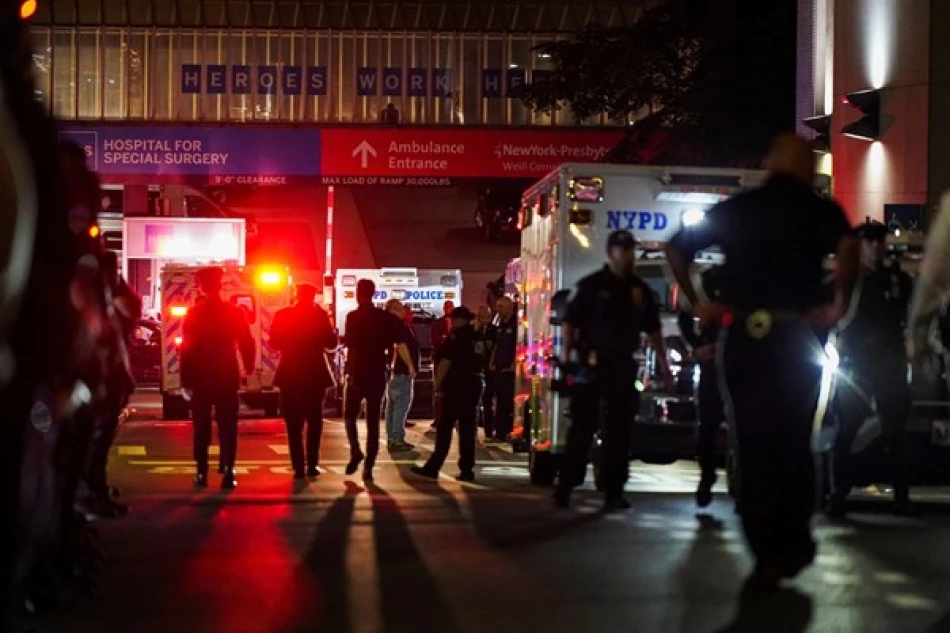
Deadly Shooting Incident Shakes the Heart of Manhattan
Manhattan Shooting Leaves Five Dead in Latest Urban Violence Outbreak
A gunman opened fire in midtown Manhattan on Monday, killing at least five people including a New York Police Department officer before apparently taking his own life. The incident marks another devastating episode of gun violence in America's most populous city, highlighting ongoing challenges with public safety and firearms access in urban centers.
The Attack Details
According to security officials speaking to CNN, four people were confirmed dead in the initial reports, including one NYPD officer. The New York Post later reported the death toll had risen to five victims. The shooter reportedly died by suicide at the scene, ending what could have been an even more catastrophic attack in one of the world's busiest urban areas.
The shooting occurred in midtown Manhattan, a densely populated area that serves as both a major business district and tourist destination. The location choice underscores the vulnerability of crowded public spaces to such attacks, regardless of the heavy police presence typically found in the area.
Context of Urban Gun Violence
This incident comes amid broader concerns about gun violence in major American cities. New York has experienced fluctuating crime rates over recent years, with city officials and law enforcement agencies working to balance public safety with community relations. The death of a police officer in this attack will likely intensify debates about officer safety and the risks law enforcement faces in responding to active shooter situations.
National Pattern of Mass Shootings
The Manhattan shooting fits into a troubling pattern of mass casualty events across the United States. Unlike many workplace or school shootings that dominate headlines, this incident occurred in a public space during what appears to be a random attack, making it particularly unsettling for urban residents and visitors.
Implications for Public Safety Policy
The attack will likely prompt renewed discussions about security measures in high-density urban areas. Manhattan already maintains significant security infrastructure, including extensive surveillance systems and regular police patrols, yet this incident demonstrates the persistent challenges of preventing determined attackers from causing mass casualties.
For New York City officials, this shooting represents both an immediate crisis and a longer-term policy challenge. The city has invested heavily in counterterrorism and crime prevention measures since 9/11, but random acts of violence by individuals remain difficult to predict and prevent.
Impact on Community and Commerce
Beyond the immediate human tragedy, such incidents typically have ripple effects on local businesses, tourism, and community confidence. Midtown Manhattan serves as an economic engine not just for New York but for the broader region, and violent incidents in the area can affect everything from real estate values to visitor numbers.
The psychological impact on residents and workers in the area may persist long after the immediate emergency response concludes. Urban communities often struggle with the balance between maintaining normal life and acknowledging the reality of such security threats.
Most Viewed News

 Layla Al Mansoori
Layla Al Mansoori






